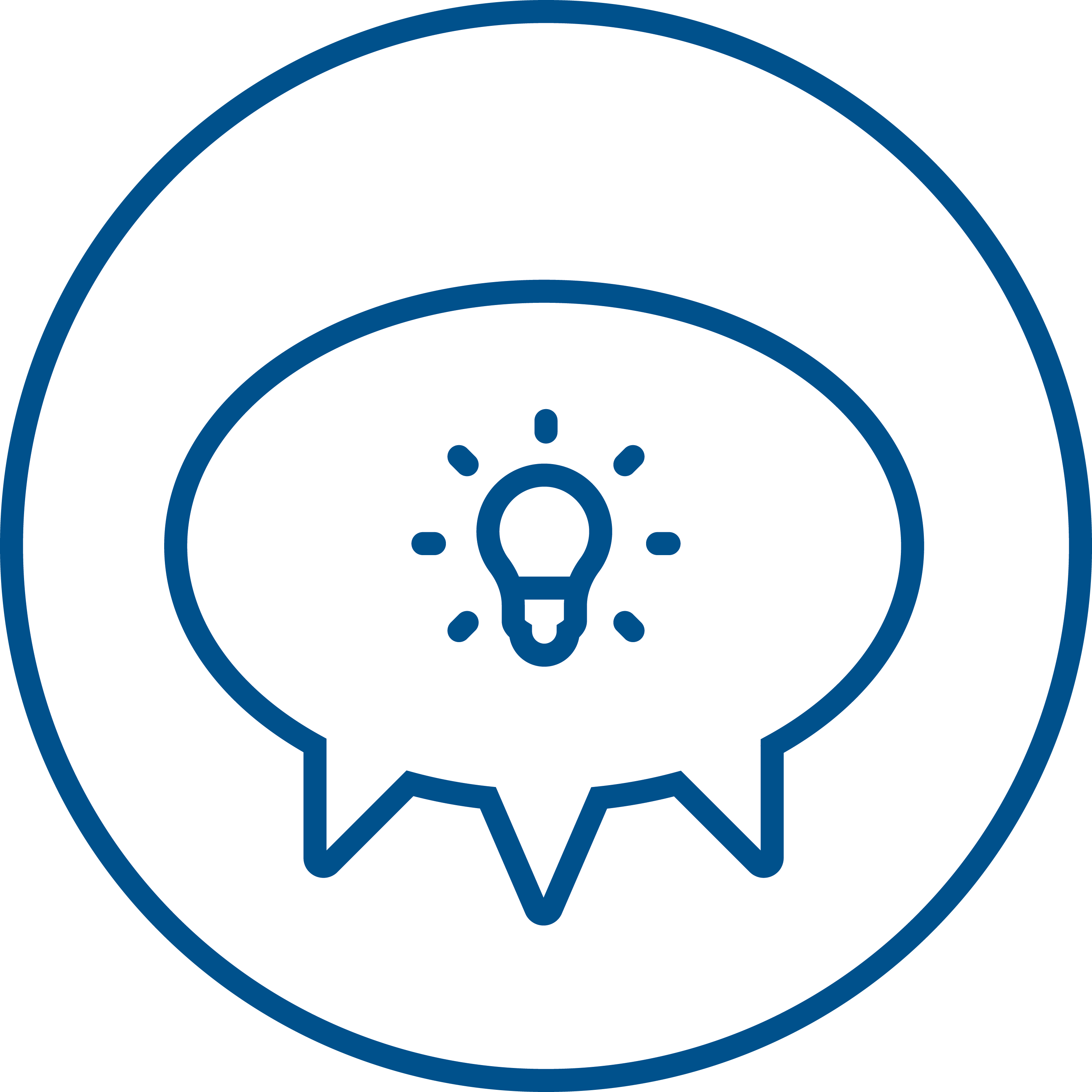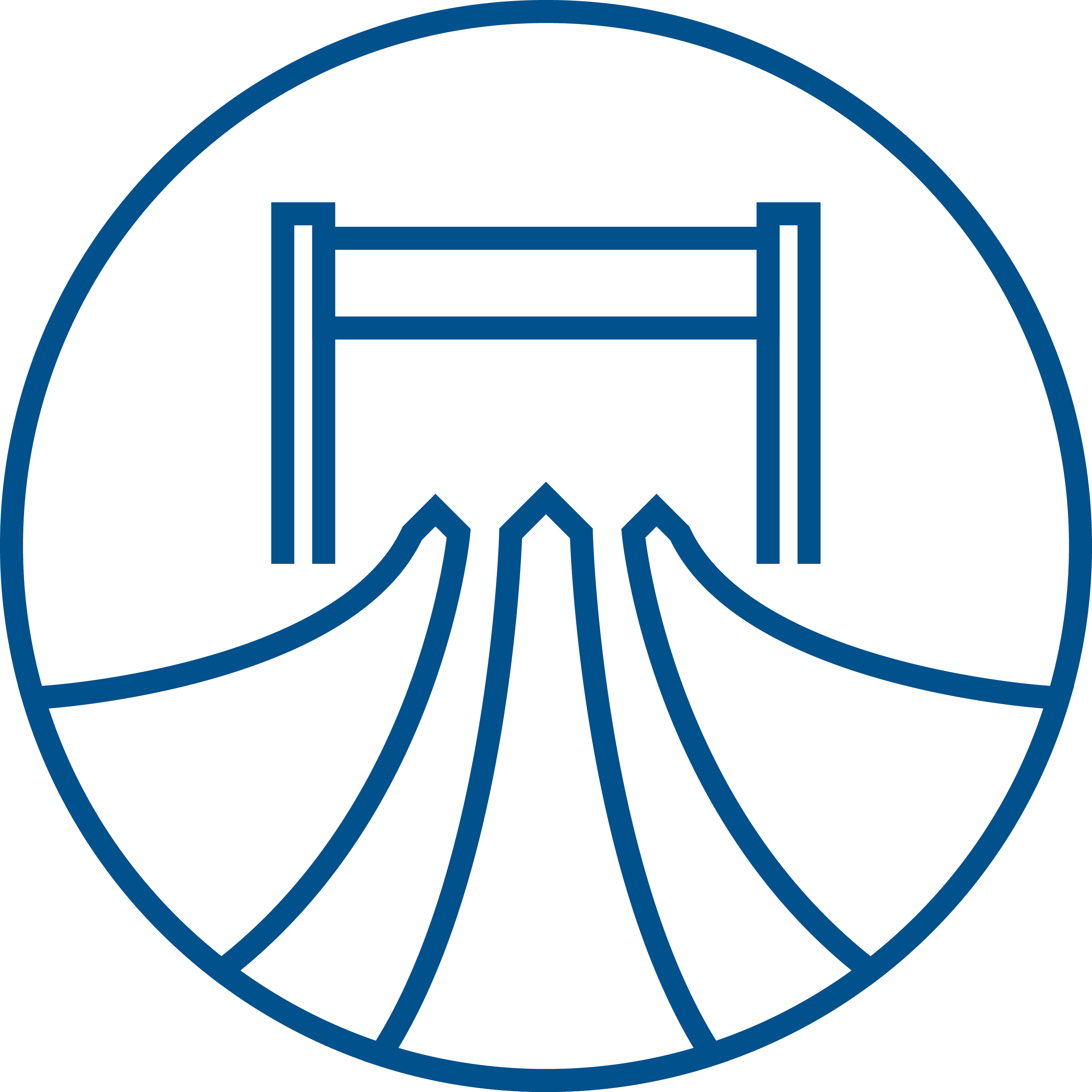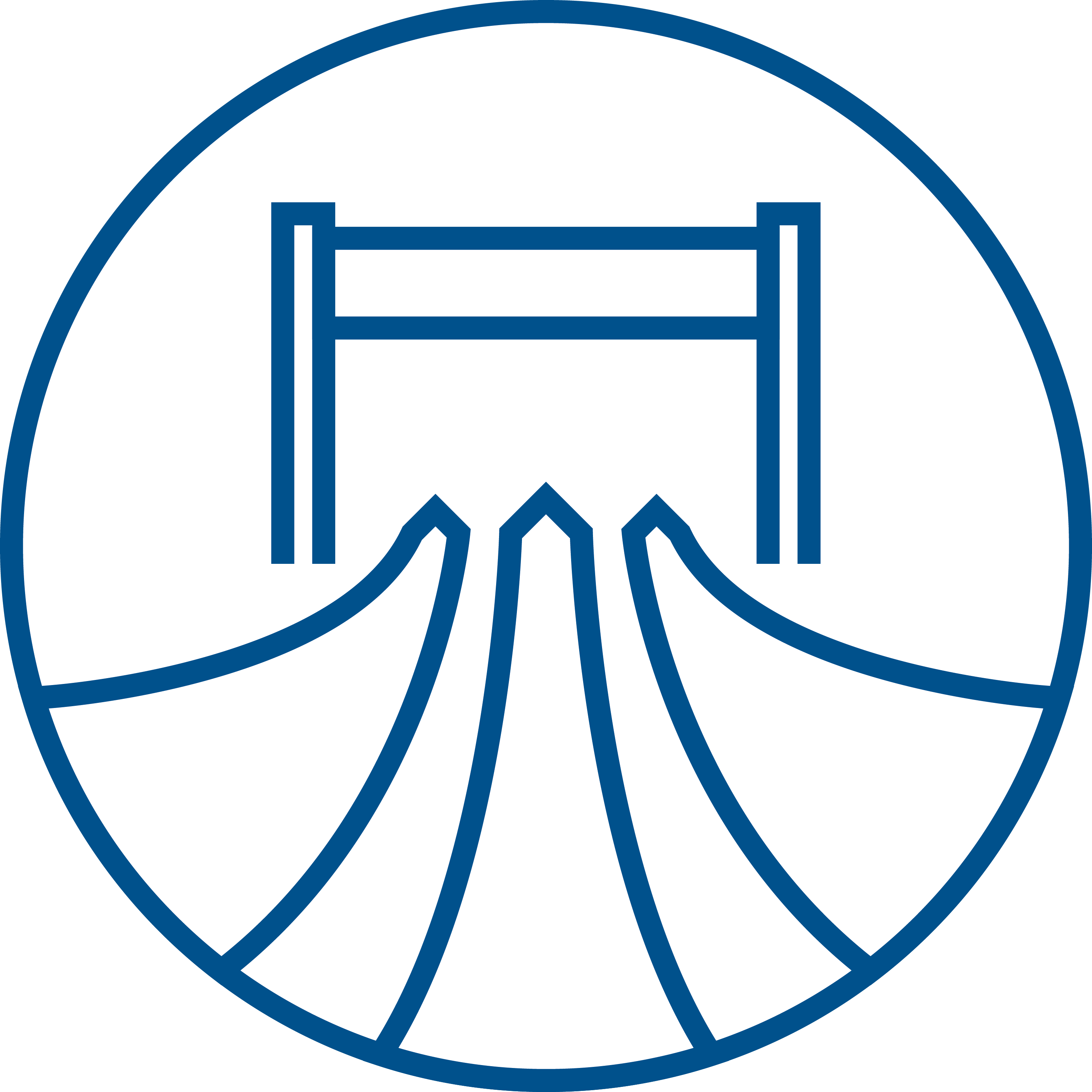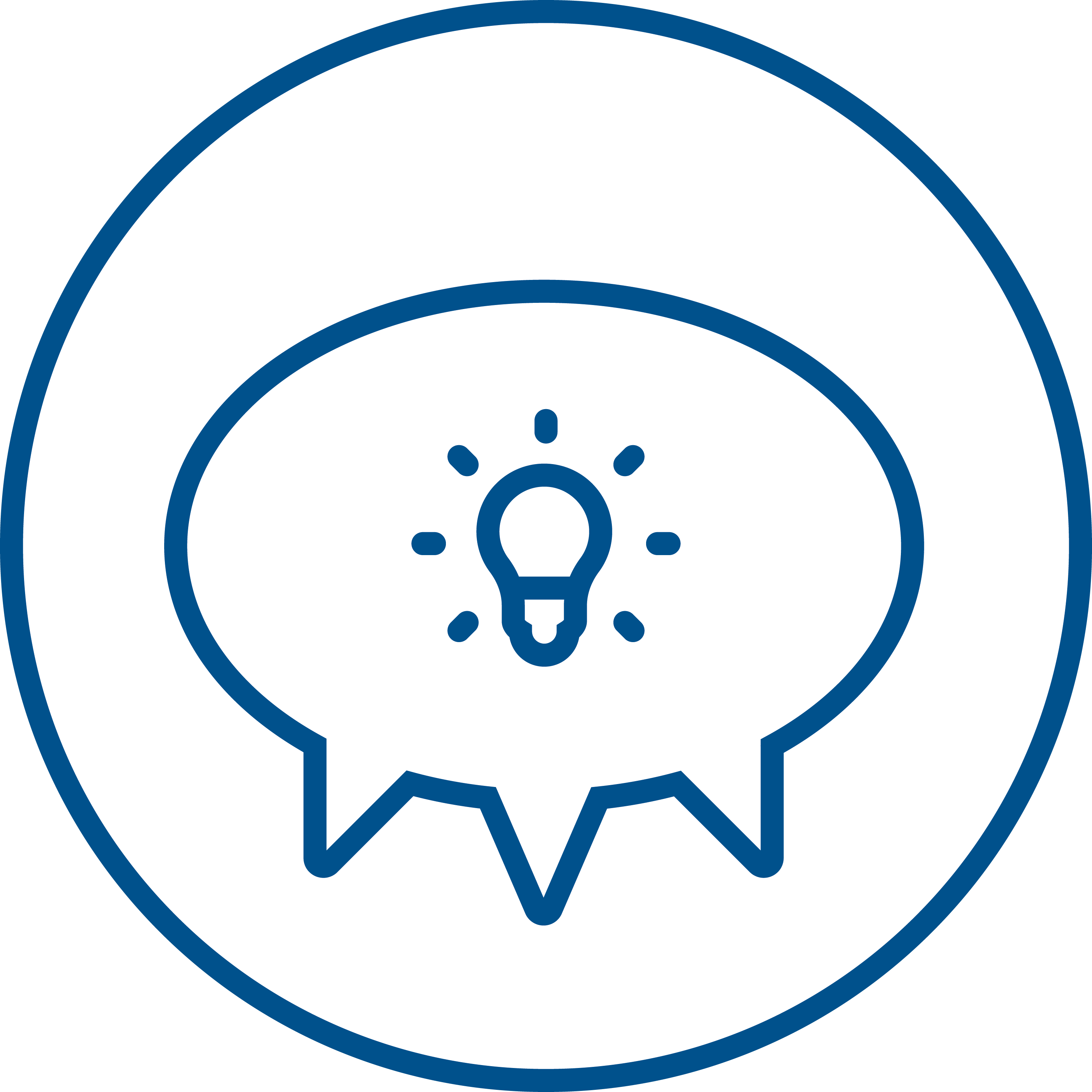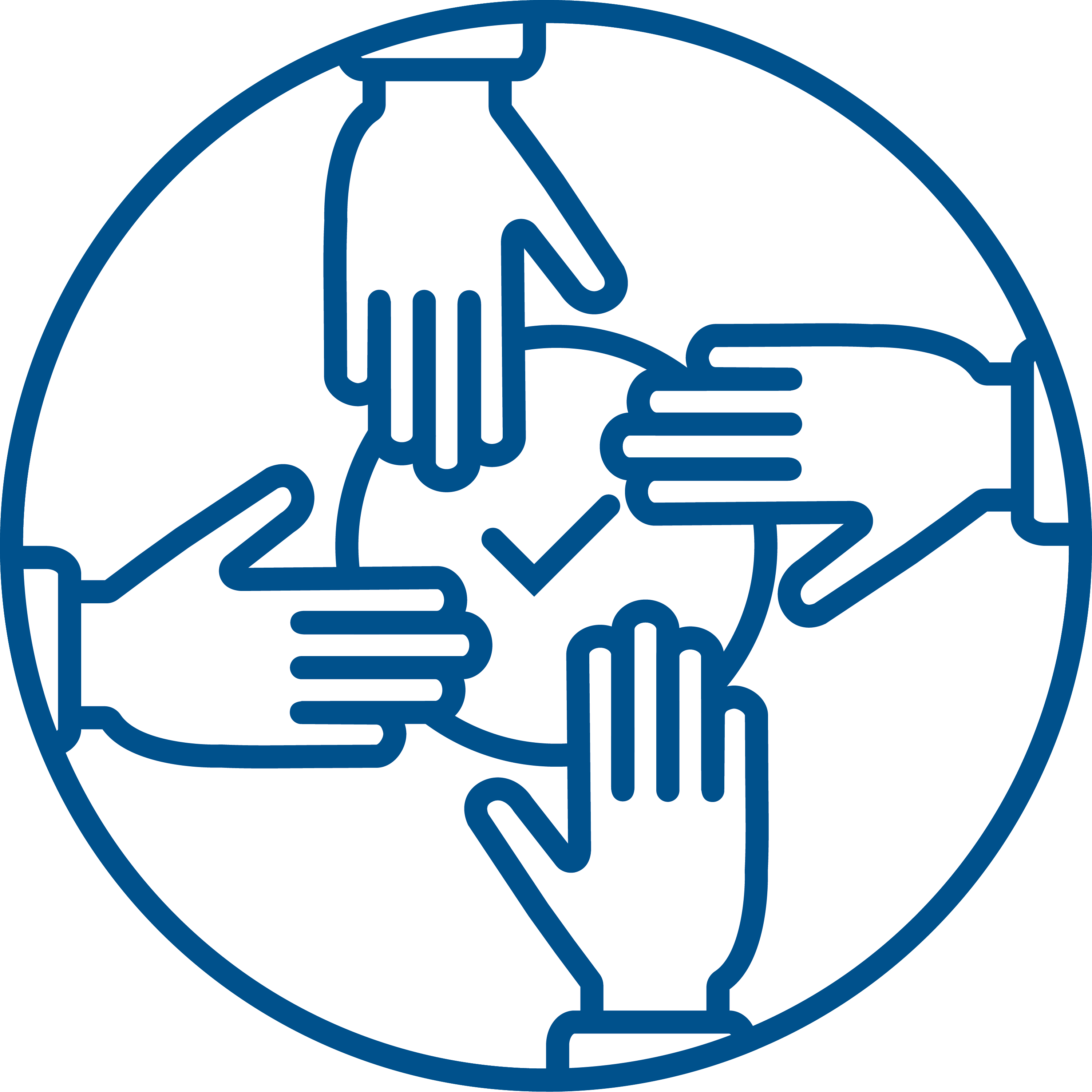
Päijät-Häme, Finland |
|---|
Ecosystem model with citizens needs in focus
A costumer focus approach, with a holistic view on the citizen, where they are not patients but customers with complex needs. For this, Päijät-Häme-region has developed an ecosystem with a customer centric approach within the home care services.
In Finland there is currently ongoing a historic change in the welfare model via the Health and social services reform. Päijät-Häme region has already for several years established integrated health and social care, moving from municipal and hospital district services towards service provision through wellbeing services counties, according to the Health Care Reform 2023.
The KOHTI-project is in the region of Päijät-Häme in the southern eastern part of Finland with 23 home care units. KOHTI – Technology supporting care and living at home, is a part of the governmental KATI-program - Technology supporting smart ageing and care at home which the Ministry of Social Affairs and Health in Finland published in autumn 2020 to support the good health and functional capacity of older people. The overall focus in the KATI-program and the related projects like KOHTI is to understand the needs of the customer and how the health and social care can support these needs.
It is important to mention that the KOHTI model has been developed especially for home care services and is a part of social welfare and that is why services users are called customers and not patients.
The KOHTI will pilot various technologies in the home care services and strengthen customer involvement and improve staff wellbeing and skills. KOHTI will support the implementation of technology by using an inclusive model for the use of technology as part of home care services for the elderly. The main target of the model is to study and define what are the functions and needs of the stakeholders in the ecosystem during the whole lifespan of the technology in use.
Project background
There is a lack of nursing resources, and the wellbeing of the healthcare professionals has declined. At the same time the increasing cost of the care is alarming, and the huge national health and social services reform brings its own requirements for change. Therefore, the deployment of technologies and managing the full lifecycle requires more centralized control. This includes also better technology portfolio management and clearer understanding of the roles and responsibilities of different stakeholders.
As a starting point to develop the KOHTI Ecosystem model the project used an existing framework called IkäOTe-model developed by the University of Eastern Finland, which includes the whole lifespan of the technology:
- before and during the technology deployment, during the use of the technology, and after the use of the technology
- four stakeholders: health care organization, elderly and their next-of-kin, nurses, and technology organization.
Based on IkäOTe-model, the project has developed the KOHTI Ecosystem model which is looking at the whole life span of the technology from prototype to ‘out of use’ from a user perspective and with a customer centric approach within the home care services.
The core KOHTI project group consisted of specialists from Päijät-Häme Joint Authority for Health and Wellbeing and supported by external specialist consultants. Other participants in the project network include specialists from LAB WellTech innovation ecosystem, third sector representatives and company representatives. A group of nurses and their supervisors were interviewed and the next-of-kins were included via web survey. Leaders of the Päijät-Häme Joint Authority for Health and Wellbeing are actively involved.
Development of KOHTI Ecosystem model
The purpose of the project group collaboration was to get the accuracy details of tasks and roles in the use of health care technology, and visions how these should be arranged in the future. Additionally, to share information and goals between the identified stakeholders in the ecosystem.
The KOHTI Ecosystem consist of five primary stakeholders, see figure 1 below.
The elderly and their next-of-kin, which are the home care customer and the main benefactor.
Health Care organization, the provider of the healthcare services and solutions.
Employees, especially the practical nurse and her/his supervisor.
Technology organizations, the manufactures of the solutions.
The 3rd sector, which are associations, clubs, unions etc.
Figure 1 – KOHTI Ecosystem Model
The involvement of the 3rd sector in the ecosystem model is an addition to the original IkäOTe-model, to support use of technology and the wellbeing of the customers lifespan.
To support the Ecosystem Model, the project has defined a five-step process which describes the functions and needs of the stakeholders during the lifespan of the technology. Each of the steps in the process are described in detail and is supported by checklists and other relevant documentation to support the region in making the right choices for their customers.
The five-step process consisted of the following elements.
- Pre-screening, evaluation, and incubation, such as evaluation of maturity and usability
- Functions and needs before the deployment of the technology, such procurement processes, signing the contracts, planning the feedback, and training processes, informed consents of the home care customers as well as integration plans for the solution
- Functions and needs during the deployment of the technology, such as training of employees and customers, publicity, and promotion
- Functions and needs during the use of technology, such as evaluating the benefits of use, technical support, and evaluating the need for additional training
- Functions and needs after the use of the technology, such as ensuring data security, collecting feedback, providing technologies for next user or recycling technology
Currently the KOHTI Ecosystem model and process is being tested on pilot projects using an incremental process where learnings, knowledge-sharing and adjustments are being collected, assessed, and implemented during the pilot.
To mention some of the pilot projects within the home care services where the model currently is being tested are medical dispensers and VideoVisit. Furthermore, other technologies to be piloted in KOHTI-project include: GS Smart glucose meter and balance cloud service, Freestyle Libre glucose meter, IEM blood pressure device, Vivago Customer activity tracking, Emfit contact-free sleep analyzer, toilet seat that washes and dries and fall sensor/radars.
Success factors
Some key success factors identified and reflections from the KOHTI project up until now are:
- The customer focus approach is one of the components that is aligned through all the employees within Päijät-Häme and is one of the focus areas in the coming Finnish Health Care Reform 2023. As an employee in the health and care sector you must have a holistic view on the citizen and should not view them as patients in the system but as customers with specific individual needs that require tailored service provision.
- The development of the KOHTI Ecosystem model combined with the five-step process as a guidebook with checklists have made it possible to speed up the implementation process of technologies for the customers.
- The framework is a living document which is developed in an iterative process together with stakeholders. The framework is not limited to care living at home but can be used in other service areas as well.
- The ecosystem and five-step process has increased the knowledge based for data driven decision making, which is the pipeline, increased interoperability, and standardization.
- Even though the work is ongoing, the model has been proven to function well and is a success story in itself - the process has brought up many valuable insights i.e.: technology life cycle is viewed from different roles at the same time, recognizing different roles very early on and building new service models by looking at the technology lifecycle through all the roles simultaneously.
- Continuous communication and information about the model will be necessary to avoid negative attitudes. It is important to spread the message that technologies can be used side by side with traditional care. Some of the customers and professionals view the use of technologies as a way of replacing physical home care, and not as a support to customer empowerment.
- Involvement of the stakeholders in tailored workshops and communication about the progress of the project have been the most important steps in establishing trust. Proving the functionality of the underlying model has helped to build a sense of community and trust in the network. The utilization of online discussion forums (e.g., Innokylä) and creation of online discussion forums between the ecosystem stakeholders has further increased the level of trust.
Facts about the model area
Name of regional network | Päijät-Häme Joint Authority for Health and Wellbeing |
Area in km2 | 6.257 km2 |
Population – number of inhabitants | 212.000 |
When the network was established | 2017 |
Number of municipalities in the network | 8 municipalities, 10 municipalities from 2023 |
Number of hospitals in the network | 1 somatic |
Target group | Home care customers (elderly) and next of kin |
Number of users | 1600 and growing |
Useful links
Below you will find links to documents or platforms that could be useful to dive into for more details.
Links to YouTube clips presenting digital services in Päijät-Häme (only in Finnish speaker/text): |
